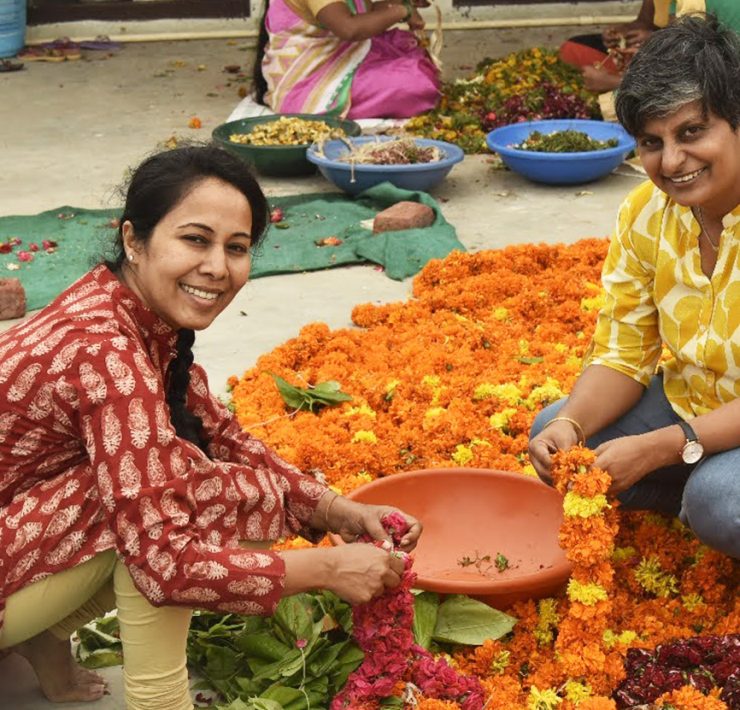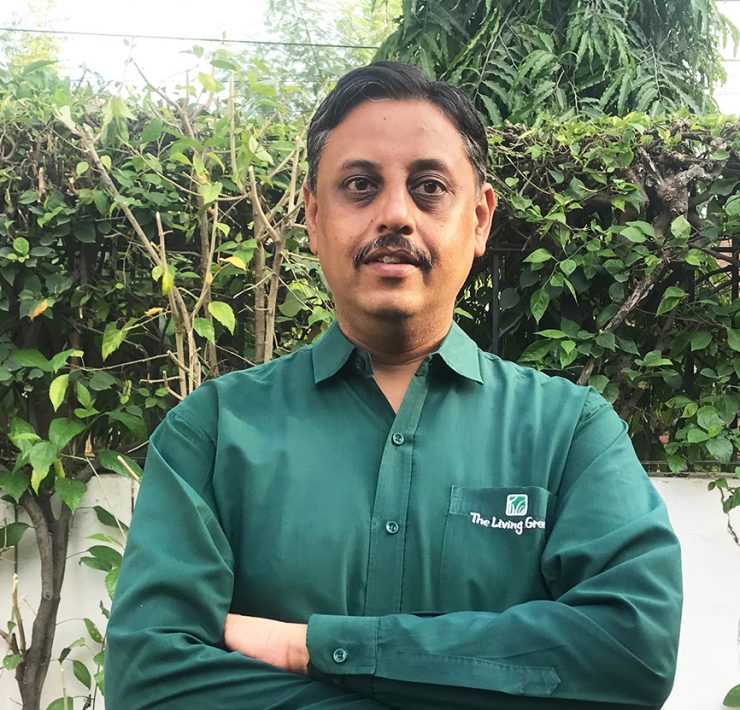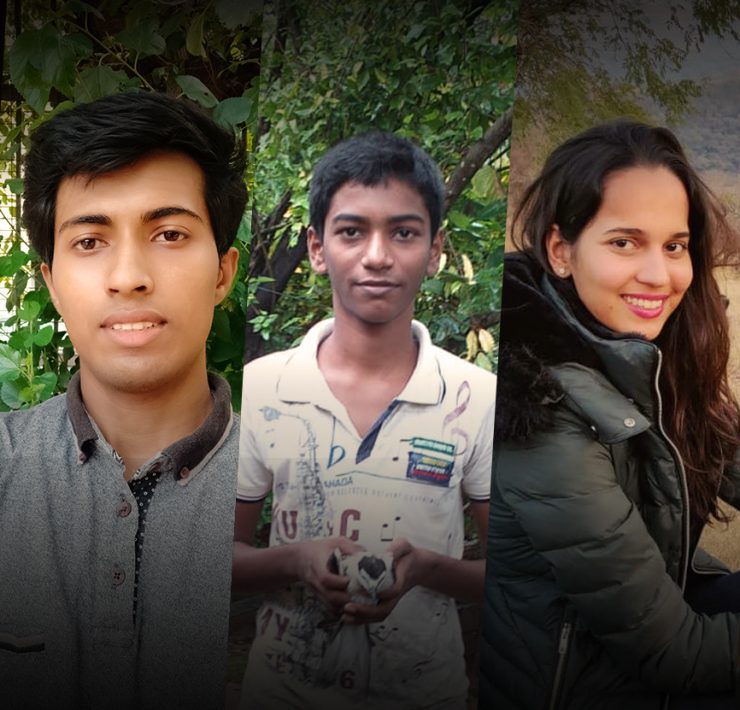Giving back to the community and the planet
- As the annual Daan Utsav kicks off, Ethico chats with one of its volunteers, Bharati Dasgupta, about how sustainability is closely tied to the joy of giving.
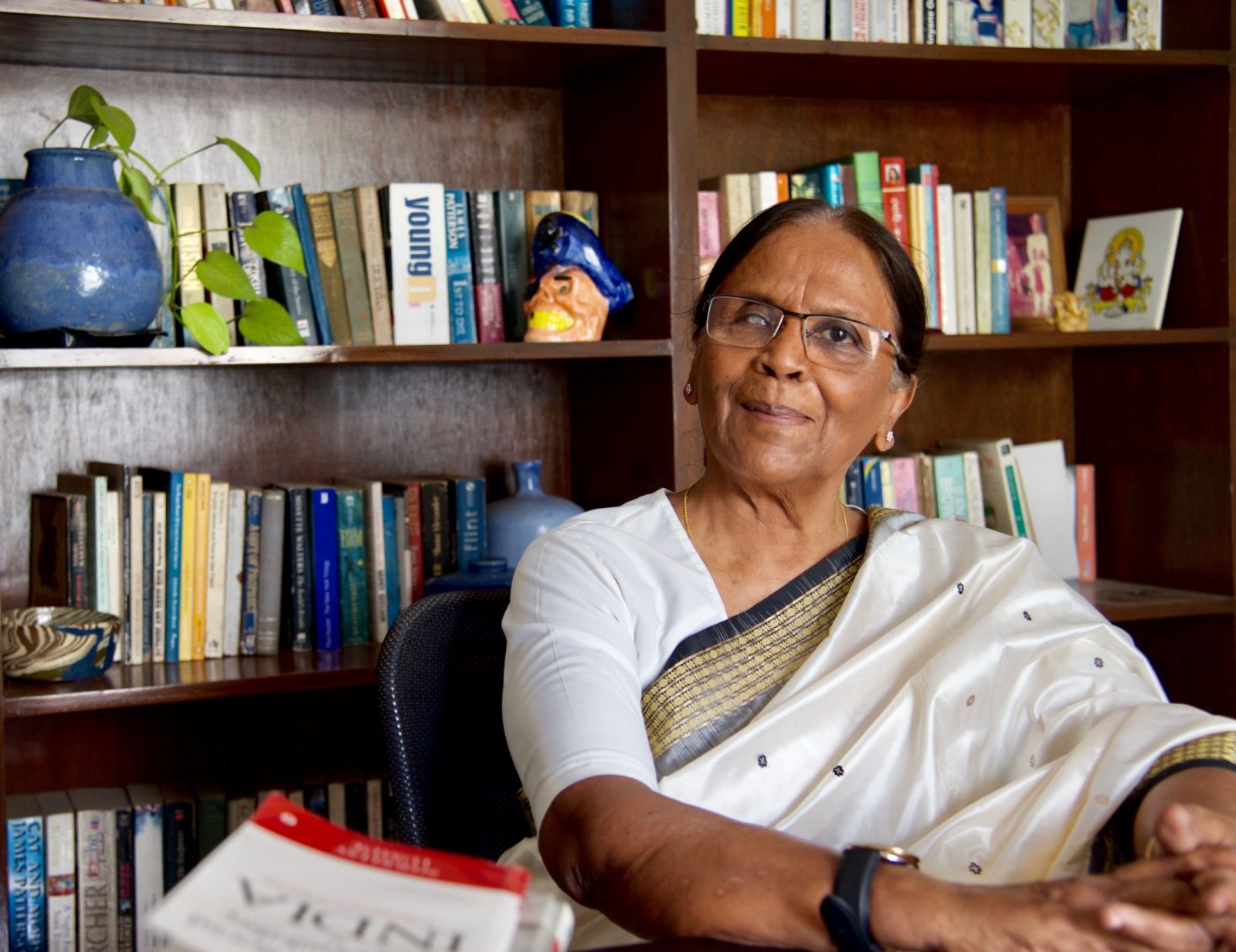
Suchitra is an independent journalist working on social justice with…
Ever since she was a child, Bharati Dasgupta has been interested in social welfare and justice. She is the co-founder of an organisation called Catalysts for Social Action (CSA) and has been a volunteer at Daan Utsav for over four years now. India’s annual ‘festival of giving’, Daan Utsav encourages everyone from CEOs to truck drivers and celebrities to schoolchildren to give their time, money, resources, or skills back to society.
Dasgupta took up community work and social justice work full-time after a long career with the Indian Banks’ Association and leading her own consulting business. In 2002, she along with two members of her family, established CSA. An NGO founded to work in the area of adoption and family rights for institutionalised children, it focuses on rural children.
As the latest edition of Daan Utsav kicks off (October 2nd – 8th), we talk to Dasgupta about her work helping children find loving homes, and the joys of giving back to the community.
How did you start CSA?
When my daughter and son-in-law were looking to adopt a child, the idea started to seep into our minds, and it gradually became more of a formal discussion. We felt like more people should adopt children and it should be easier to facilitate this process. We found that there are many parents who want children but very few kids being adopted, which shocked us. After all, we thought, how can that be true when there are thousands of children who are institutionalised? The problem was that rural children were not being adopted. So, we started to go to those communities and act as a bridge between the rural agencies and adoptive parents in cities.

By the time our initiative began to grow we realised we had to focus on development, so we started focusing on their quality of life, and instilling livelihood skills in older kids who aren’t adopted. As of now, we have about 5,000 children under our care, and we’ve worked on several initiatives ranging from Adoption Helplines to facilitating adoptions from agencies in rural areas; from sensitisation programmes to moving children from childcare institutions (CCIs) into adoption.
What challenges did you face when you started CSA?
The first challenge we faced was a policy issue. When we started out, no one was allowed to move a child across state lines for adoption. So, even if there was a willing parent in Maharashtra and the child was in Karnataka, the adoption couldn’t be facilitated. We did a lot of pressure group work and got that policy reframed. Another challenge was that a lot of parents wouldn’t adopt a child if the child had a disability. So, we started helping children with getting medical treatment whenever it was necessary, and also sensitising parents about these issues.
What convinced you to associate with Daan Utsav?
As a senior citizen, I was once invited to an event hosted by Daan Utsav, and I thought it was wonderful how youngsters were participating in an event to create a culture of giving. I later started contributing some time to volunteer for it and got attached to the idea. In my work with CSA, I have come to realise that it’s very important to foster that kind of thought in people, and stress the importance of giving, especially among our children at CSA.
Why would you say it is important to foster this thought?
In an institutionalised system, the child is used to receiving donations. For instance, when you go to an adoption home or a childcare institution, you will notice how the children will line up to receive things even before you say anything. This can be very bad for their development; it is important to let them know that they can be givers too. One of our objectives at both CSA and Daan Utsav is to illustrate this to the children. We have hosted events where the children have cleaned nearby roads, or participated in volunteer work at old age homes. Giving needn’t necessarily be in kind; it can be in the form of services or pure kindness, too.
You’ve pledged all your assets to charity via the #LivingMyPromise campaign. What prompted this decision?
When I heard about the #LivingMyPromise campaign from Venkat Krishnan, a close friend, my first thought was I would never fit into the Rs1-crore bracket! But when I sat down to calculate and research I found that, between my house and other assets, I did indeed have that much. Now imagine if every middle-class parent did the same thing instead of saving up for their children, who might never even need such backing.
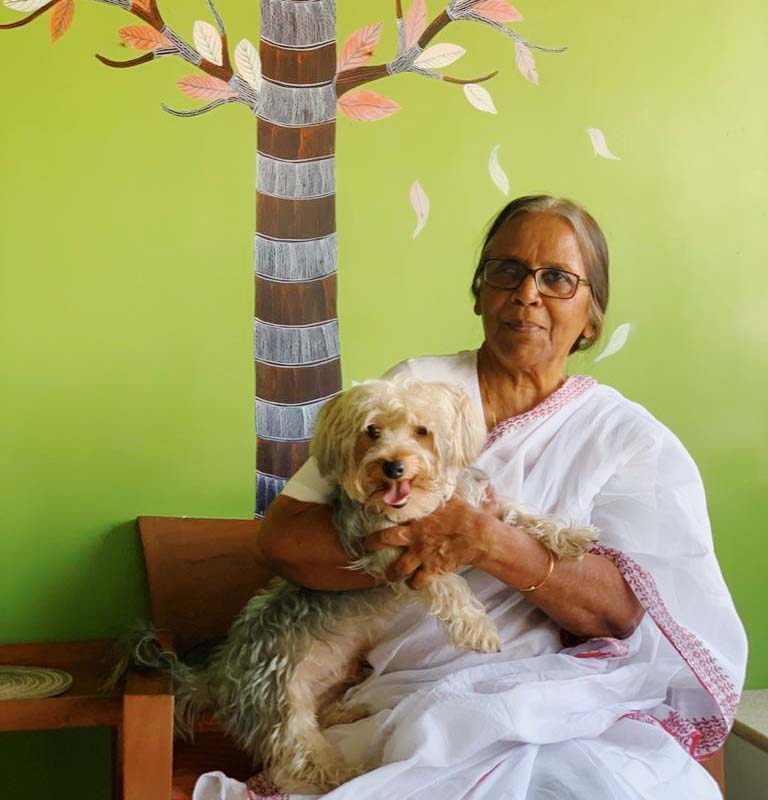
I knew that my daughter and son-in-law, both accomplished individuals, are far less likely than those with little or no means to need my support. I saw this as a unique chance to make a meaningful difference, a once-in-a-lifetime opportunity to create a philanthropy-based middle class ‘giving’ culture. Together, by bringing about this change, we will revolutionise society.
How did you get so attached to the idea of giving?
When I was a child my father, a typical Bengali dhoti-wearing babu, used to bring home a steady stream of visitors and guests all the time. This would sometimes annoy my siblings and me, because even if we had exams my father would ask a friend to stay at our house. My mother meanwhile would tirelessly cook for everyone and spend a lot of time helping people. When we would ask him why he did it, his explanation was, “If they were a part of your family, wouldn’t you have done this for them? We have a house, and they’re trying to make their own holiday, so let’s contribute to somebody else’s small pleasures!” In addition, I have two dogs and an undying love for animals. Both these factors have helped me develop empathy, and made me want to give something back.
What brought on your interest in sustainability?
I have personally been involved in a few beach clean-ups. One of the events that really made a mark on me was that of Shishir Joshi’s initiative, the Mumbai Plastic Recyclothon. In 2018, he decided that during Daan Utsav they would expand the Recyclothon’s accessibility, impact and meaningfulness. They extended their footfall beyond Mumbai, to Navi Mumbai and Thane. They cycled around the districts, promising a free pick-up of plastic items any kind of plastic — bags, packets, pouches, mugs, etc.
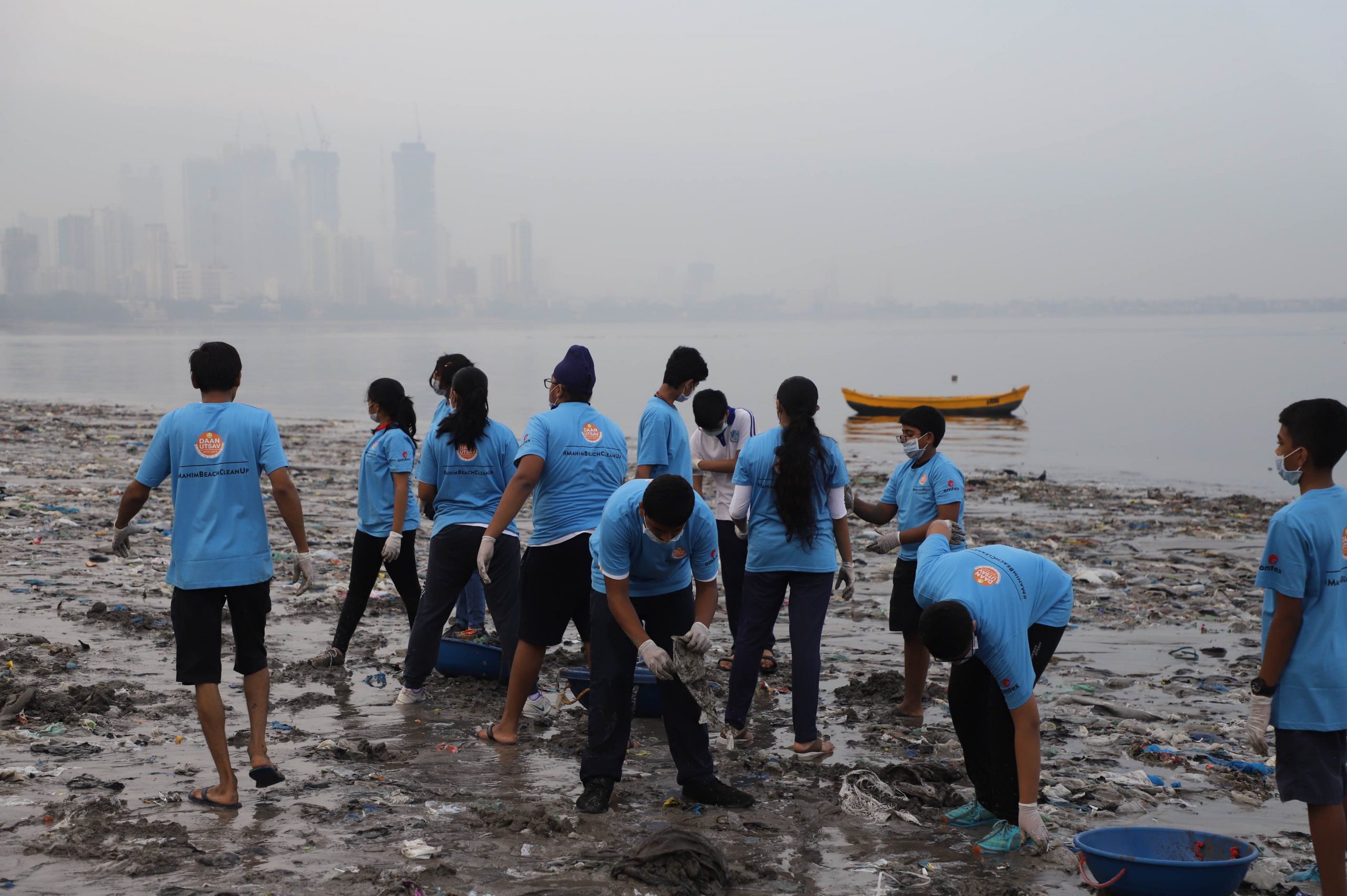
The proposition was simple — people giving away plastic, the team picking it up, and then that getting recycled to produce something meaningful, such as park benches. There are so many aspects to environmental protection efforts that, to my mind, each of them could be a movement in itself. I’m happy that more people today are aware of their responsibility to the planet than they were in my day. But I think for it to really catch on to the extent that it has to, more work is necessary.
Do you think the idea of giving and sustainability are closely connected?
Giving promotes a lot of things that sustainability does, for instance, a circular economy. For me, the idea of sustainability is closely knit with the idea of giving as the goal is the same — it is community building. So, the changes brought on by you might make me realise something about my lifestyle that could change, and that in turn might cause a realisation in someone else. The concept of giving is to recognise our privilege and empathise with those who are not as fortunate as us, learn to share, and by sharing bring about change. With sustainability too we must recognise our privilege and then use it to create a lasting impact on the environment.
Suchitra is an independent journalist working on social justice with a specific focus on gender justice. Reading, smashing gender norms and stationery gets her very excited!


